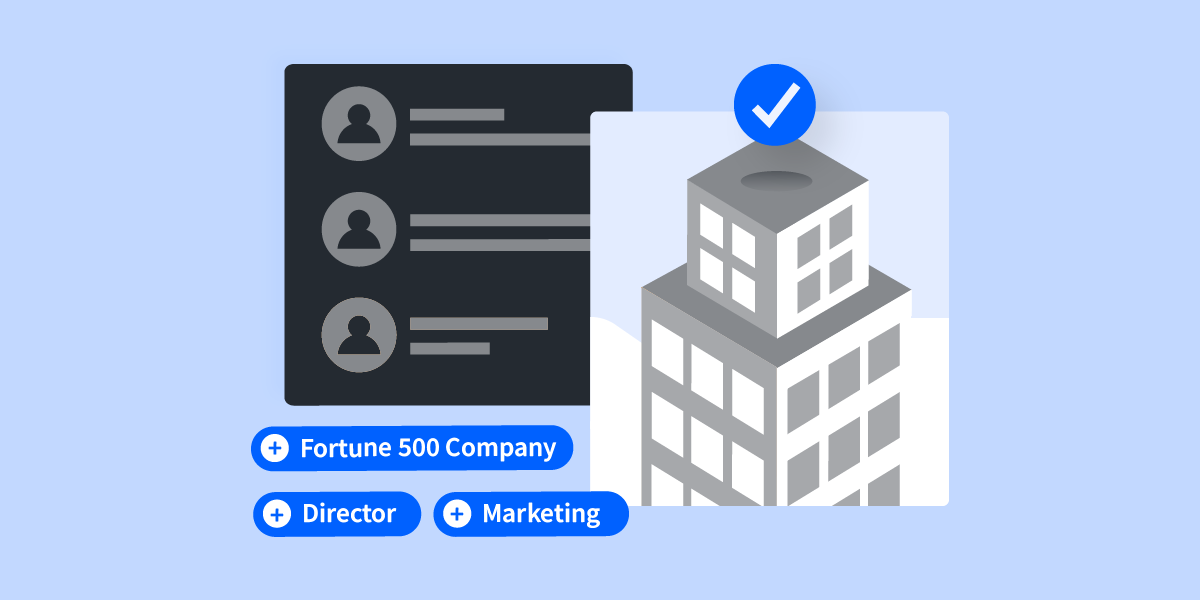The immediate goal of any digital campaign is to earn and retain customers. And with the number of channels available for ads increasing, the question remains: How do you optimize your ad spend towards customer acquisition?
Advertising now stretches across dozens of mediums: apps, laptops, tablets, podcasts, television, radio, social media, and more. These are all potential touch points for acquiring new customers. With so many options, it can be tough to figure out which channel will deliver the best customer acquisition results.
Here are 3 important considerations for deciding what channels to include in your digital strategy.
Mobile Commerce is Growing Fast
Mobile commerce, also known as m-commerce, refers to shopping and purchasing that is done through a mobile device. In the past, mobile commerce wasn’t known for great conversion rates. That’s because users found it frustrating to check out and pay on a small screen. But with mobile technology having improved over the last few years, mobile commerce has become more prevalent.
A 2017 StackAdapt survey found that 53% of respondents use their smartphones to make online purchases. More recently, Insider Intelligence predicted that mobile commerce spending will rise to $488.0 billion by 2024.
With mobile commerce gaining popularity, it’s time to actively consider the mobile experience as part of your advertising strategy. This means optimizing your ads, landing pages, and other parts of the conversion funnel to perform well on mobile devices. The key is to differentiate between user expectations on a mobile device and desktop by following mobile commerce best practices.
The Demographics of Digital Buying
It’s long been assumed that older generations aren’t adopting mobile devices and digital buying. While the baby boomers have been slower than younger generations in embracing online shopping, they shouldn’t be excluded from your audience targeting. In 2020, eMarketer reported that 62.1% of baby boomers were digital buyers. This means that more than half of boomers are making purchases online. And even if they’re not actually buying, it’s important to recognize that this generation can be reached through digital devices. They’re not far behind millennials (86.2%) or Gen Xers (79.2%) when it comes to digitally buying.
We know that boomers and their younger counterparts are digital buyers. But it’s also important to understand how they are buying. According to Forbes, baby boomers use their phones approximately 5 hours per day. And, according to Insider Intelligence, 76% of baby boomers with smartphones use them for shopping activity. These numbers signal that it’s worth paying attention to the boomer generation’s mobile behaviors.
Aside from mobile, boomers are embracing other forms of digital media as well. With 54% of boomers now watching videos online, it’s clear that this generation is cord-cutting. This presents opportunities for over the top (OTT) and connected TV (CTV) advertising. While millennials and Gen X are certainly known for embracing digital media and buying, we can’t discount the growing opportunity for targeting the boomer demographic. They are the largest and most affluent generational audience, making up over 74 million people in the United States. And, they spend the most across all categories and the most per transaction.
A Multi-Channel Approach Brings Benefits
Most marketers know that you need to be present where your customers are. And because the reality of today is that customers are using a mixture of channels, a strategic approach to capturing attention is to be present on the channels and devices they are on. The rise of mobile commerce doesn’t mean other channels no longer deserve your ad spend. A multi-channel marketing approach takes this into account.
Rather than relying on one channel for customer acquisition, a multi-channel approach enables you to deliver ads across a variety of channels. By creating multiple points of contact for your target audience, you can create more opportunity for acquisition. Automated distribution, known as programmatic, makes multi-channel distribution easier than ever. And, most demand-side platforms (DSPs) allow you to target cross-device as well.
Cross-device targeting is especially powerful these days because consumers use a number of devices—often simultaneously. Cross-device targeting enables you to reach them on their desktop, mobile, tablet devices, and on connected TV (CTV). When you deliver advertisements simultaneously in multiple channels, there are real benefits. StackAdapt research shows that both native and display click-through rates (CTR) get a boost when the user has previously been exposed to the other channel. And, video CTRs increase when a user has already been exposed to a display ad.
Customer Acquisition in the Digital Age
With mobile commerce on the rise and baby boomers embracing digital channels, it’s important to consider how you can have the most impact across various channels. There’s no completely straight answer to the question of which medium will yield the best customer acquisition results. To figure out what works best for your business, test multiple channels at different points in the funnel. Then, look at how your target audience responds, and use that data to drive future campaign strategies. This cross-channel approach may be your best bet for earning a high acquisition rate in the digital age.
Want to run exceptional programmatic campaigns? Request a demo to learn more about StackAdapt.





